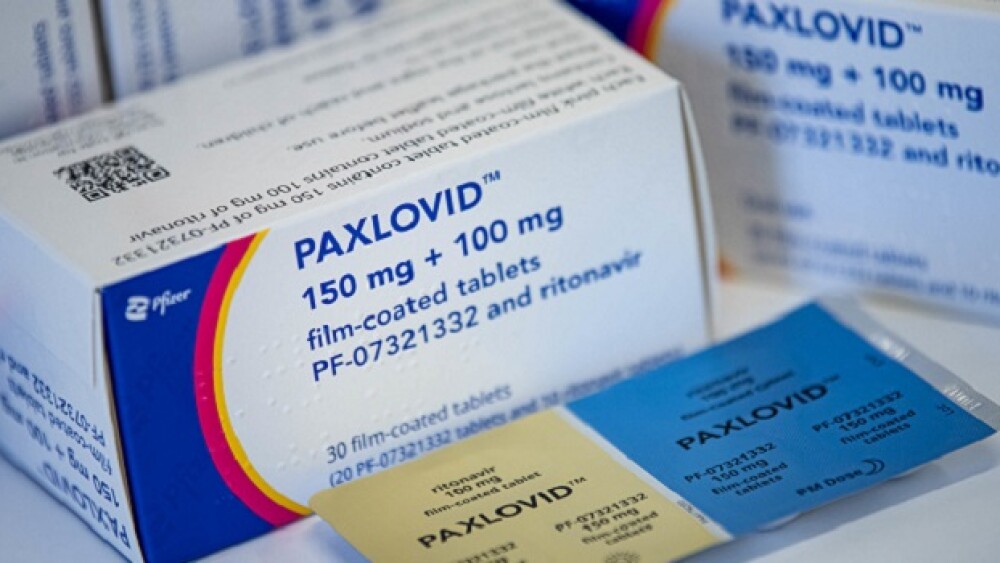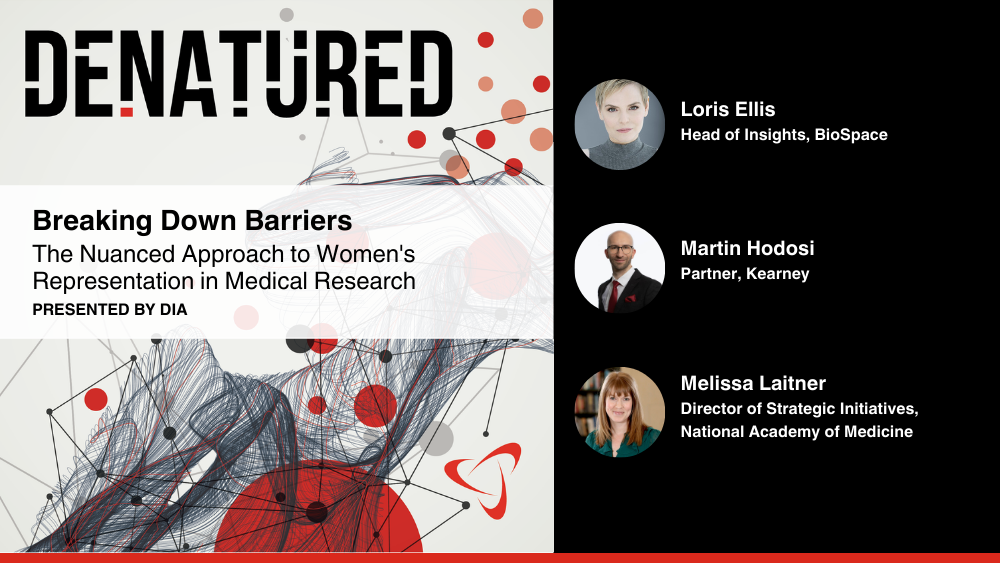Researchers at Case Western University looked at the real-world experiences of 13,644 patients who were treated with Paxlovid or Lagevrio (molnupiravir) during the first half of 2022.
Fabian Sommer/Picture Alliance via Getty
Paxlovid is one of a handful of drugs authorized to treat COVID-19 in the United States. As recently experienced by President Biden, its use is not without challenges and sometimes leads to relapse. The President, like many others, tested negative for COVID-19 after five days of Paxlovid treatment, then tested positive again a few days later.
Although such treatment rebound rates are assumed to be low, there is little data to support or dispute that assumption. Researchers at Case Western University looked at the real-world experiences of 13,644 patients who were treated with Paxlovid or Lagevrio (molnupiravir) during the first half of 2022. The study was intended to determine the prevalence of three types of rebound outcomes with these two therapies, each of which has emergency use authorizations as treatments for COVID-19.
Comparing Paxlovid and Lagevrio
In that study (currently in preprint on medRxiv, co-author Pamela Davis, M.D. and colleagues found that the 7-day and 30-day rebound rates associated with Paxlovid treatments, respectively, were 3.53% and 5.4% for COVID-19 reinfection; 2.31% and 5.87% for COVID-19 symptoms; and 0.44% and 0.77% for hospitalizations.
The rebound rates for patients treated with Lagevrio were somewhat higher. The 7-day and 30-day rebound rates for this therapy were 5.86% and 8.59% for COVID-19 infection; 3.75% and 8.21% for COVID-19 symptoms; and 0.84% and 1.39% for hospitalizations. Propensity-score matching rendered these differences negligible, however.
“Patients who rebounded from either therapy had a significantly higher prevalence of underlying medical conditions than those without,” the authors noted in the paper. However, “There is no underlying condition that stands out,” Davis told BioSpace. “We had thought (the rebound group would be composed of) immunocompromised people, but heart disease, hypertension, mood disorders and so on, all are increased in the rebound group.”
The implications upon dosage or duration of treatment have not been determined, she said, but changes should be considered. “If I had a patient with risk factors, for whom the disease might be more than a nuisance, I might be tempted to treat for a longer period of time. Also, I would try to start the drug earlier in the course of the disease, when the virus has had less time to replicate, but I have no data to show that would work,” she acknowledged.
Davis and her colleagues called for continued surveillance of patients after treatment with either Paxlovid or Lagevrio, and for additional studies to determine the mechanism of action of the rebound as well as the most effective dosing and duration regimen.
Paxlovid is the combination of two drugs: nirmatrelvir, which blocks viral replication, and ritonavir, which slows the degradation of nirmatrelvir. Ian Chan, co-founder and CEO of Abpro, told BioSpace the therapy is “like a carpet-bombing approach. It can kill COVID, and healthy cells as well.” Because it’s a small molecule it also can have multiple drug-to-drug interactions, so its high efficacy comes with high toxicity, he noted. “There also a risk for COVID to mutate around it, developing resistance as the virus changes.”
No one yet knows why Paxlovid rebound occurs but, “Our theory is that because this drug is prescribed very early on, there is less chance for the immune system to develop a response (to the virus),” Chan said.
One solution to therapeutic rebound, he said, is to develop more types of therapies. “COVID-19, unfortunately, is going to be around for a while. We need a battery of different treatments just to be ready for the different possible scenarios.”
Abpro is developing monoclonal antibody (mAb) therapies for COVID-19, as well as for immuno-oncology and ophthalmology. The benefit, Chan explained, is that the safety of mAbs has been proven. “These are natural molecules your immune system already is producing on a day-to-day basis. Their toxicity generally is very low and efficacy is very high, and they are very targeted therapies,” he said. So far, there have been no therapeutic relapses.
Potential Therapies for the Immunocompromised
To treat COVID-19, Abpro is focusing on treatments for the approximately 15 million immunocompromised individuals in the U.S. who, because of their weakened immune systems, don’t respond to vaccines.
The company’s lead compound, ABP-300, is in Phase II clinical trials. It basically prevents the virus from binding in the body, thus neutralizing it. Other antibodies are undergoing investigational new drug application (IND)-enabling studies.
One of those, ABP-C19-01, is a cocktail of antibodies that lowers patients’ risk of contracting COVID-19 if they are exposed to the SARS-CoV-2 virus. This therapy isn’t a vaccine, Chan stressed. “Vaccines are meant to stimulate an immune response, which generates an antibody. This delivers the antibody directly. It is complementary to vaccines.”
Another company, 3CL Pharma, a subsidiary of Todos Medical, is developing possible mitigations for Paxlovid rebound that work by supporting the immune system and inhibiting 3CL protease activity. Its solutions include Tollovir and Tollovid.
A Phase II trial of Tollovir, which is being developed to treat hospitalized COVID-19 patients, was completed in May in Israel.
“We’re developing Tollovir as an alternative for Paxlovid,” Gerald Commissiong, CEO of Todos Medical, told BioSpace. “It is similar to the nirmatrelvir portion of Paxlovid, but is a botanical, so it works slower.” Also, rather than affecting the virus directly, Tollovir works on the 3CL protease, which is responsible for helping a virus that already has replicated to infect other cells.
The other compound, Tollovid, is being developed as an over-the-counter dietary supplement. According to Todos literature, it has very strong 3CL inhibition. It may be taken as a 5-day regimen, or in a daily formulation for immune system support. It may become a rescue agent for Paxlovid rebound.






